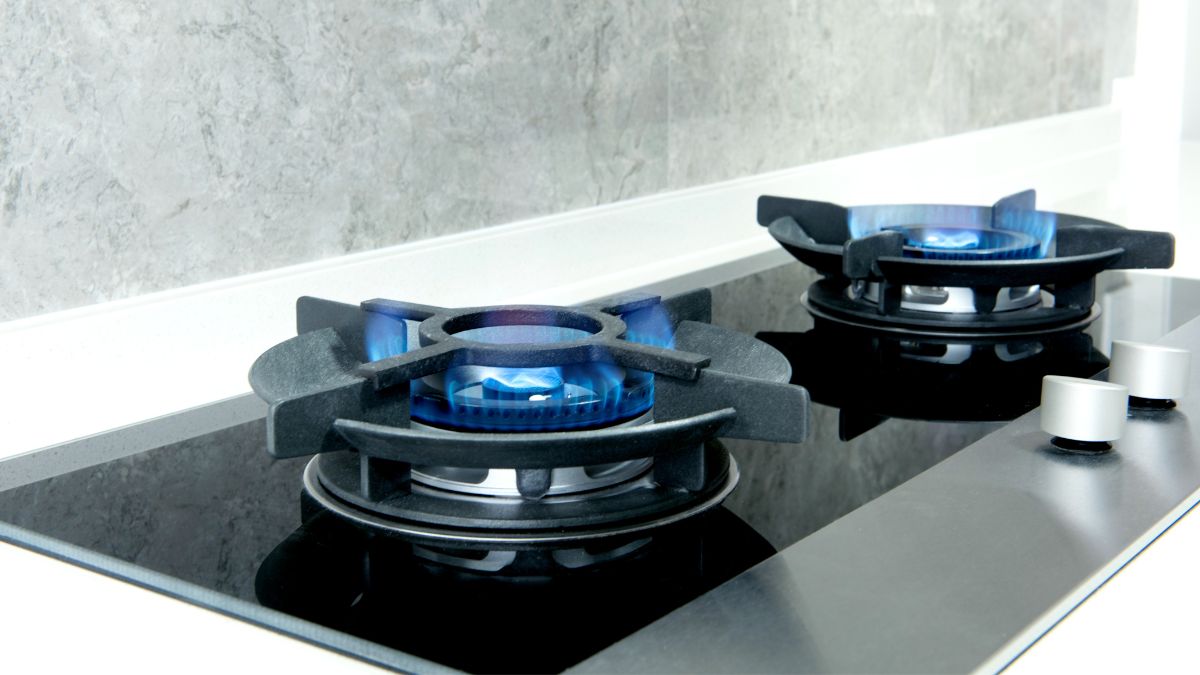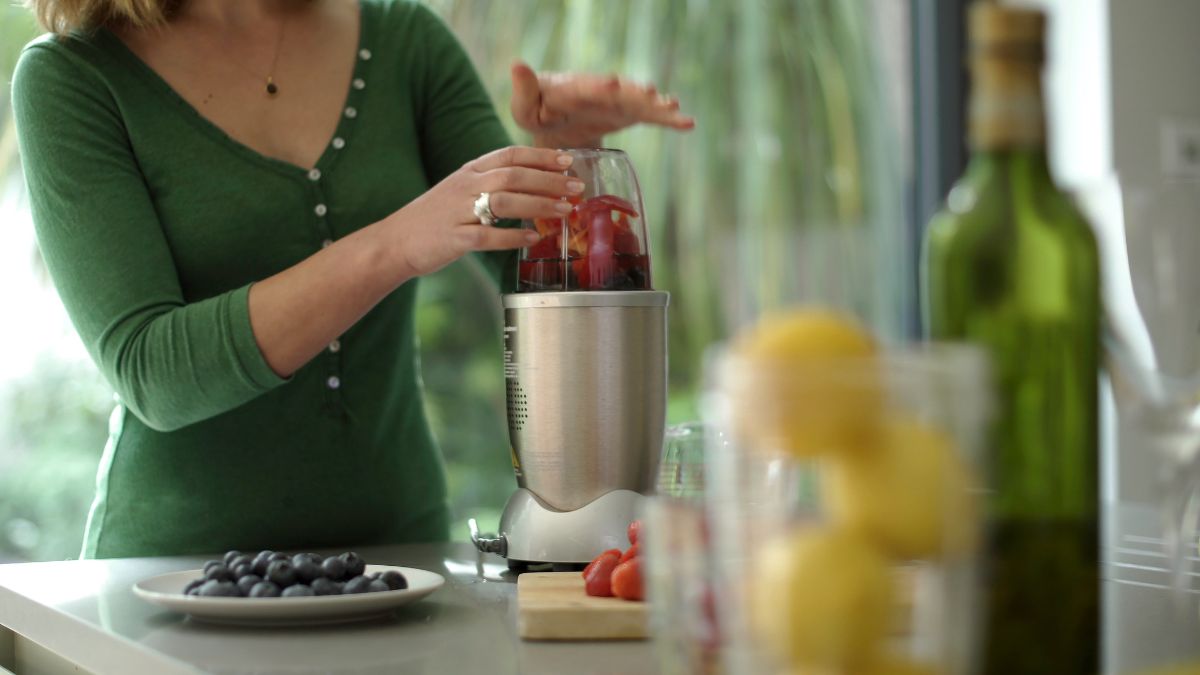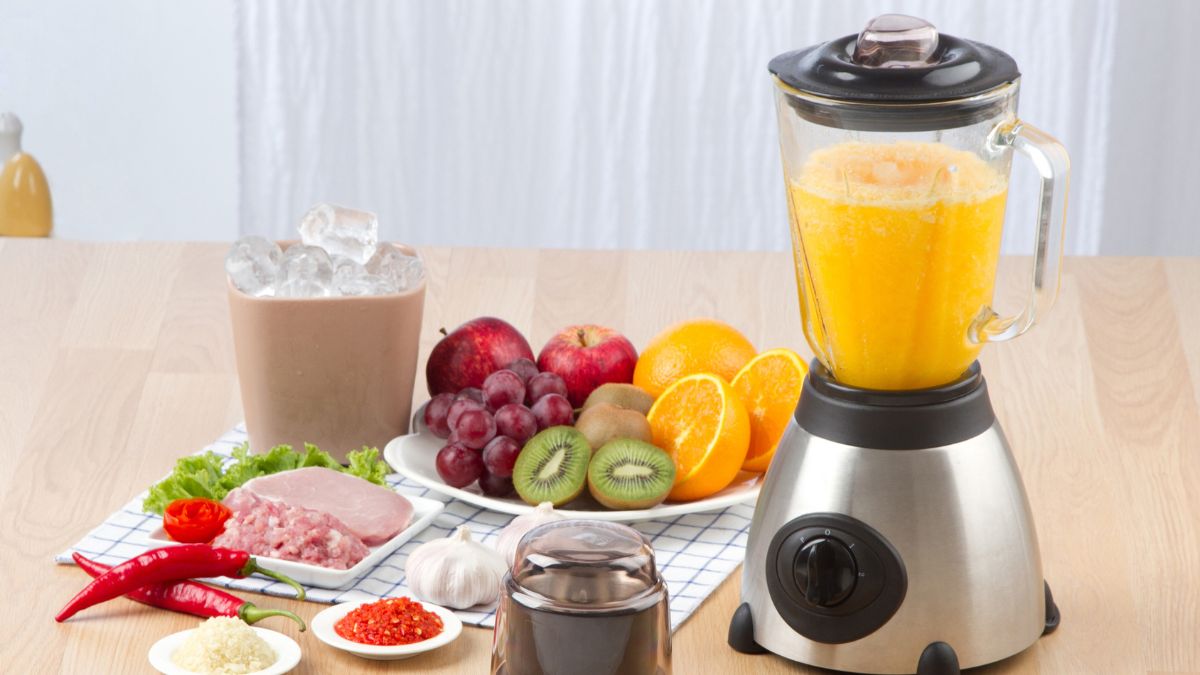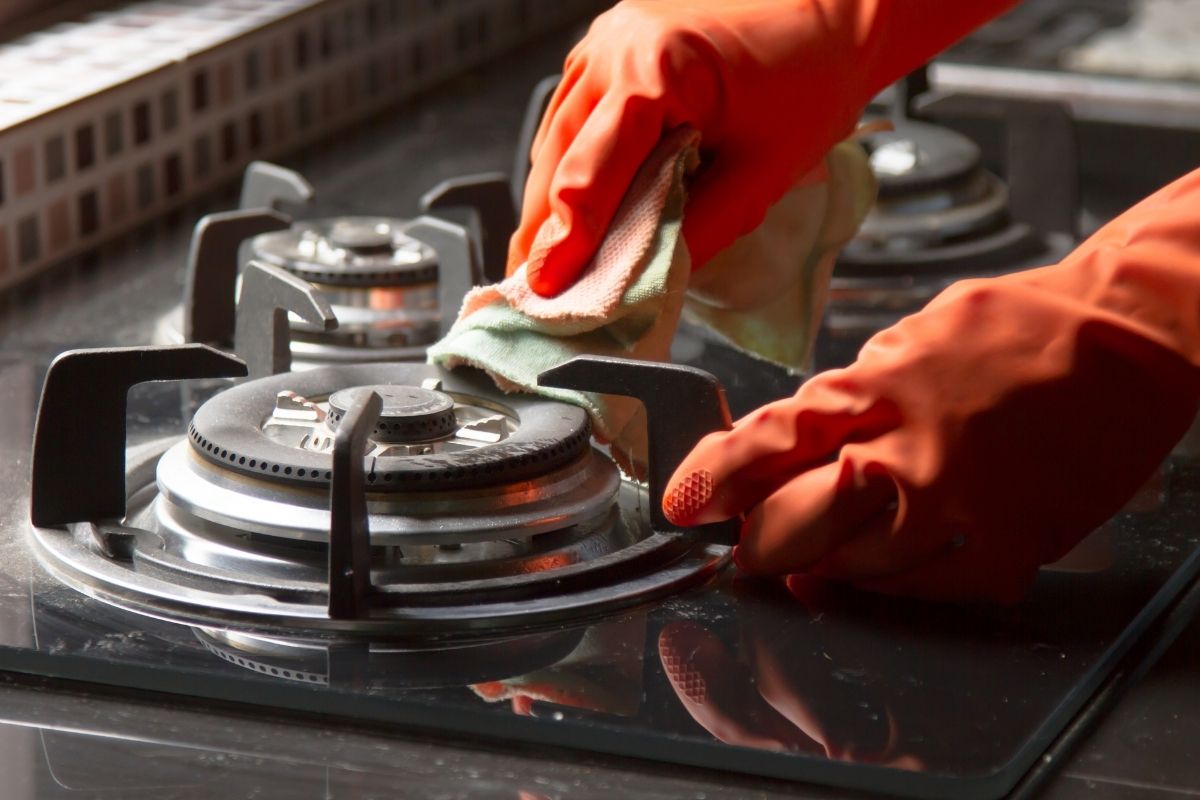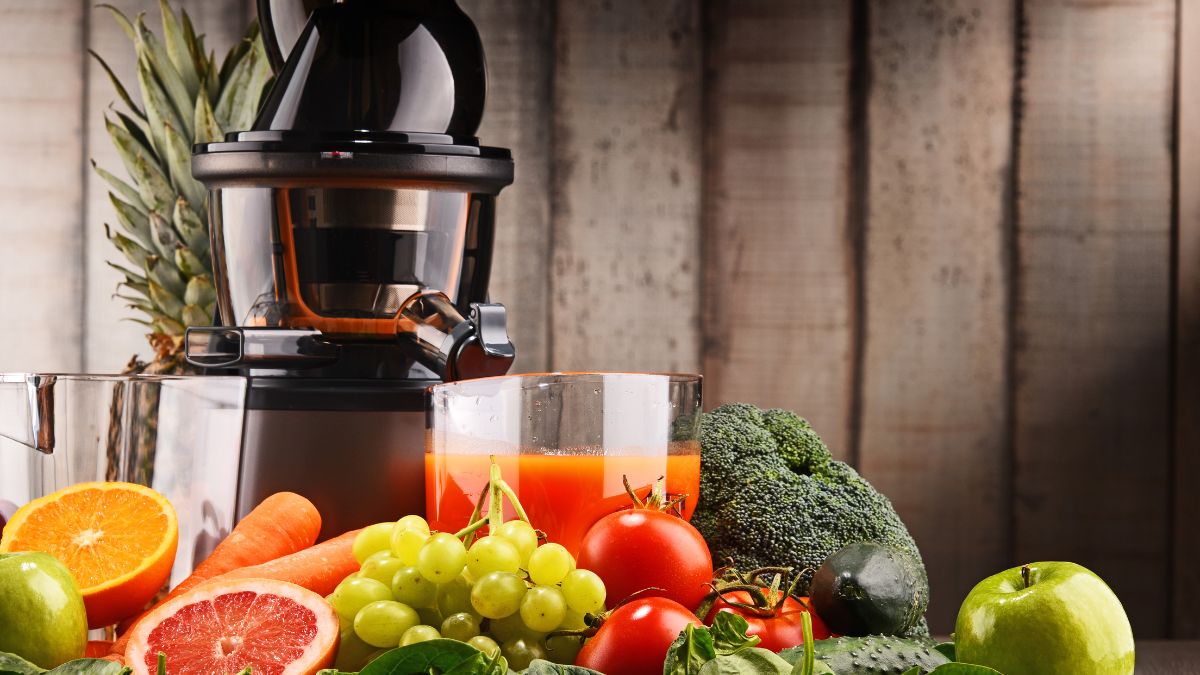
Centrifugal juicers are some of the most popular types of juicers available in the market today. But why are they so popular and what are the other types? There are a lot of questions that you have to know the answers to before deciding to find the right fit to bring home yourself.
So first of all, centrifugal juicers are a type of electrical appliance that uses centrifugal force to rapidly spin an item to extract their juice. This seems a simple enough explanation but then how are they different from the other types of juicers like masticating or triturating? This is again something that you need to know about. In this blog, our aim is to demystify the topic completely and tell you all about how centrifugal juicers work, how they are different from the other types, their key features and how to use these types of juicers to get the most out of them.
A Detailed Look at How Centrifugal Juicers Work
The centrifugal juicing process is aptly named because it utilizes centrifugal force. Here is a step-by-step look at what happens inside a centrifugal juicer:
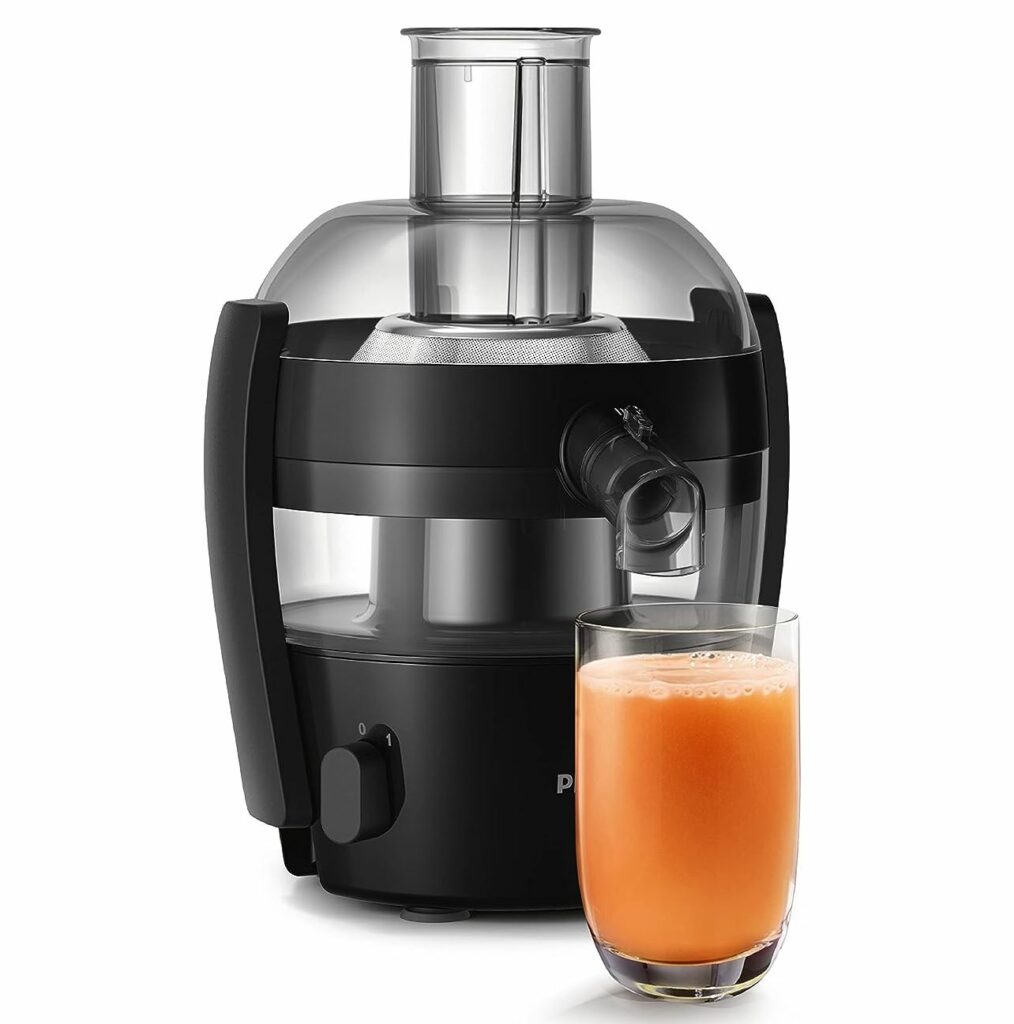
- Produce is dropped into the feed chute. Centrifugal juicers tend to have wide mouths that can accommodate whole fruits and vegetables.
- At the bottom of the feed chute sits a flat, toothed shredding disc that spins at very high speeds (typically 3,000-16,000 RPM).
- The fast spinning shredder grinds up the produce into small chunks and shreds.
- Centrifugal force pushes the juice out through tiny holes in an outer strainer basket while the pulp remains inside.
- The strainer basket separates the juice from the pulp. Juice flows out the spout into a waiting container.
- The pulp stays behind in the strainer basket and eventually exits through a separate pulp ejection system into a pulp container.
This lightning fast shredding and spinning process is what allows centrifugal juicers to juice produce so quickly. Juicing time is generally less than 5 minutes start to finish.
Centrifugal force is the secret to how these juicers can rapidly extract juice from fruits and veggies. But it’s not quite as simple as just spinning produce really fast. There are a few other key components that enable a centrifugal juicer to work efficiently.
Key Parts and Components of a Centrifugal Juicer
Centrifugal juicers have a simple design with only a handful of parts. Here are the main components and how they work together:
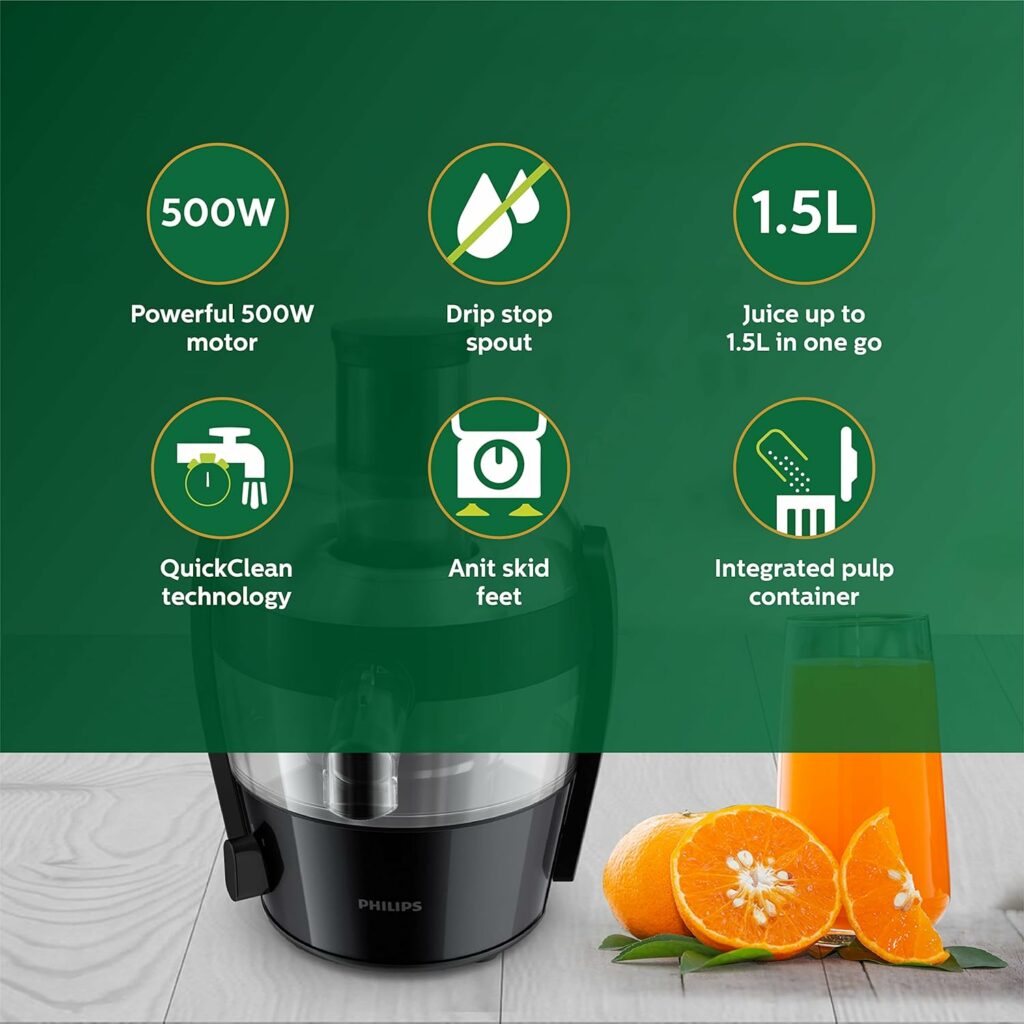
Motor – This provides the power to spin the shredding disc at high speeds. The motor is typically rated between 300-1000 watts. More powerful motors have higher RPMs for faster juicing.
Feed Chute/Hopper – The opening at the top where produce is inserted into the juicer. Many feature extra wide mouths (3 inches or larger).
Shredding Disc – A flat disc lined with sharp teeth or blades that spins rapidly to grind up fruits and veggies. Stainless steel discs stay sharp longer.
Strainer Basket – Surrounds the shredding disc and separates juice from pulp via tiny holes or mesh screen.
Pulp Container – Collects the separated pulp for disposal.
Juice Container – The juice flows out of the spout into this container to drink. Looks similar to a measuring cup.
Safety Locking Arm – This positions the juicing chamber over the motor and locks it securely in place during operation.
By coordinating the high speed motor, spinning shredder, and centrifugal straining basket, centrifugal juicers can deliver fresh juice fast. But how does this type of juicer actually compare to other options?
Key Benefits and Advantages of Centrifugal Juicers
Centrifugal juicers have several helpful benefits that make them appealing, especially for busy households:
Fast Juicing
The extremely high speeds extract juice in as little as 30 seconds to 1 minute. You can make fresh juice fast in the mornings.
Simple to Use
Centrifugal juicers have basic on/off controls and are easy to assemble. Great for juicing beginners.
Compact
Many centrifugal models have smaller footprints and vertical shapes to fit in tight kitchens.
Large Feed Chutes
No need to pre-cut produce. You can often juice whole fruits and veggies.
Easy to Clean
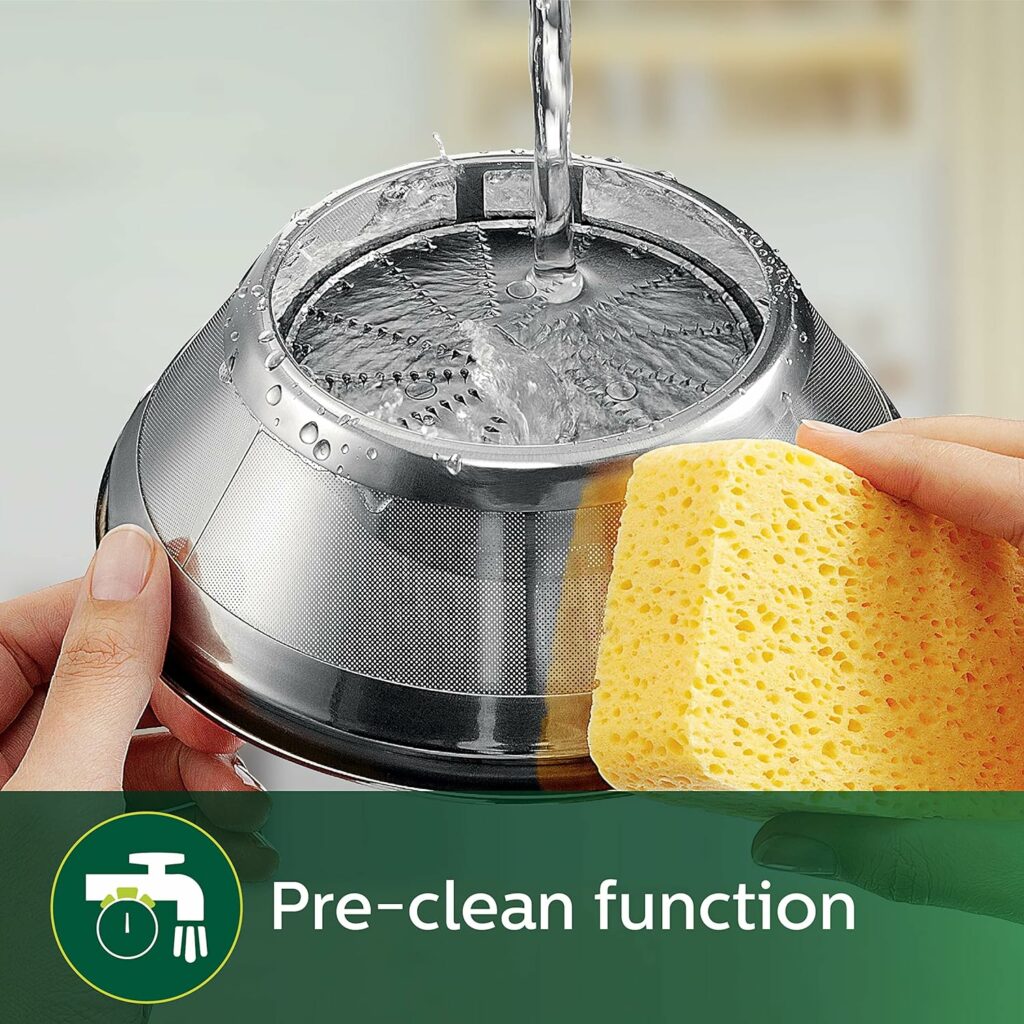
Components are simple to rinse off and reassemble. Some parts may be dishwasher safe.
For those seeking a fast, efficient, and wallet-friendly juicer, centrifugal models are very appealing. But some downsides exist as well.
Potential Drawbacks and Limitations of Centrifugal Juicers
The benefits come with a few compromises:
Can Be Loud
The high motor speeds generate noise. If you’re juicing early mornings, this could be disruptive.
Juice Oxidation
Exposure to air can cause some oxidation and juice separation/foam. Drink juice right away for best quality.
Not Ideal for Greens
The shredding disc does not fully break down the cell walls in greens like wheatgrass or kale. Spinning causes heat that accelerates spoiling.
Nutrient Loss
Heat and oxygen from fast spinning degrades some nutrients. Centrifugal juice may contain slightly fewer vitamins and enzymes than cold press juice.
Lower Yields
The pulp still contains some moisture. Masticating juicers extract higher juice yields.
For some downsides, there are easy solutions. Getting a centrifugal juicer with adjustable speeds or a quieter motor can help with noise. And drinking juice immediately minimizes any oxidation or nutrient degradation.
Now that you understand how centrifugal juicers work and their pros and cons, let’s explore what features to look for when shopping.
Do Centrifugal Juicers Destroy Nutrients?
There is some controversy around whether the high speeds and heat generated by centrifugal juicers destroys nutrients compared to masticating juicers. Here are two sides of the debate:
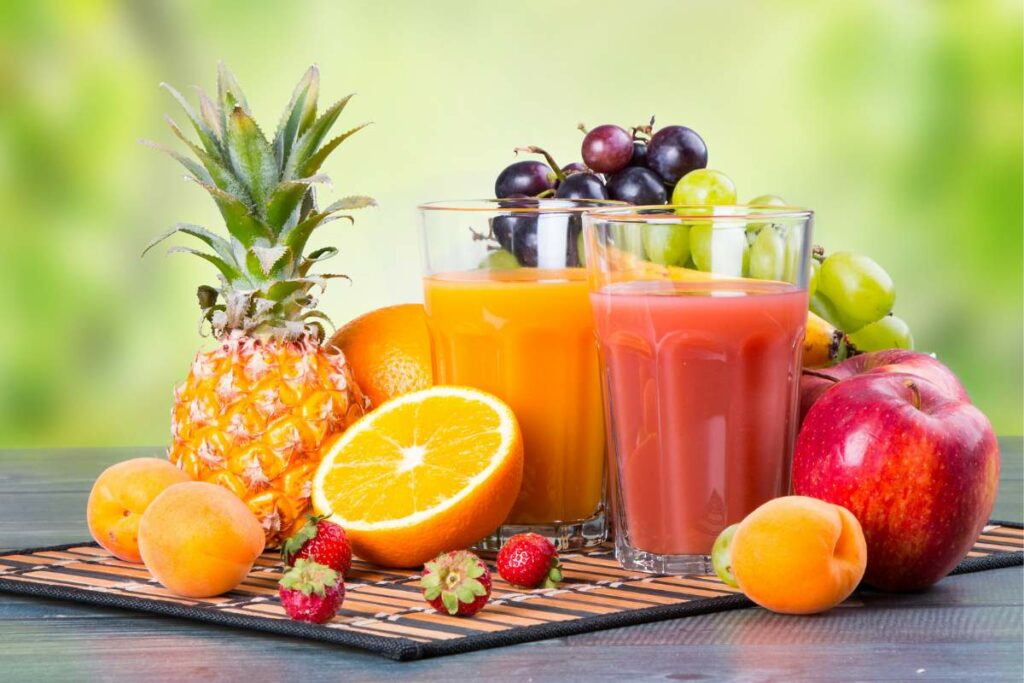
Argument For Centrifugal Nutrient Loss
- Spinning produce at super high RPMs generates heat that can degrade heat sensitive nutrients, particularly antioxidants, enzymes, and vitamins like Vitamin C and A.
- Juice is exposed to air which can cause oxidation, especially with juicers that have wide feed chutes. This can reduce shelf life.
- Proponents of masticating juicers argue they preserve more nutrients since produce is crushed at much slower, cooler speeds with minimal oxidation.
Argument Against Centrifugal Nutrient Loss
- Many people claim centrifugal juicers retain most nutrients as long as you drink the juice immediately after juicing. This prevents degradation.
- The slower speed of masticating juicers may preserve more phytochemicals and enzymes. But not by a significant amount based on testing.
- Centrifugal juicing is so fast and convenient, you’re likely to juice more frequently and get more nutrients than if you own a masticating model.
There seems to be merit to both perspectives. The minimal nutrient degradation from centrifugal juicers may be offset by increased convenience and intake of fresh juices. But for maximum phytochemicals, enzymes, and shelf life, masticating performs slightly better.
What Types of Produce Can You Juice?
Some top types of produce to juice include:
Fruits
- Citrus fruits: Oranges, grapefruits, lemons, and limes contain high levels of vitamin C and antioxidants. Their tart, refreshing flavor pairs well with other fruits and veggies.
| Fruit | Key Nutrients |
| Oranges | Vitamin C, folate |
| Grapefruits | Vitamin C, vitamin A |
| Lemons | Vitamin C, potassium |
| Limes | Vitamin C, flavonoids |
- Apples: A juice staple. Apples have a mild, sweet flavor that complements other ingredients. They’re high in fiber and vitamin C with antioxidants like quercetin.
| Fruit | Key Nutrients |
| Apples | Vitamin C, fiber, quercetin |
- Berries: Blackberries, raspberries, blueberries, and strawberries make nutrient-rich additions to fruit and vegetable juices. They supply vitamin C, manganese, and antioxidants called anthocyanins.
| Fruit | Key Nutrients |
| Blackberries | Vitamin C, manganese |
| Raspberries | Vitamin C, manganese |
| Blueberries | Vitamin C, anthocyanins |
| Strawberries | Vitamin C, manganese |
Vegetables
- Leafy greens: Kale, spinach, chard, lettuce, and other greens can be juiced for a nutrient boost. They provide vitamins A, C, K, magnesium, potassium and beneficial plant compounds.
| Vegetable | Key Nutrients |
| Kale | Vitamin A, vitamin C, vitamin K |
| Spinach | Vitamin A, vitamin C, iron |
| Chard | Vitamin K, magnesium |
| Lettuce | Vitamin A, vitamin K |
- Root vegetables: Beets, carrots and ginger add sweetness and nutrients like fiber, vitamin A (from carrots), vitamin C, and anti-inflammatory compounds to juices.
| Vegetable | Key Nutrients |
| Beets | Vitamin C, folate |
| Carrots | Vitamin A, fiber |
| Ginger | Vitamin C, anti-inflammatory compounds |
Nearly any fresh fruit or vegetable can be juiced to create nutrient-rich drinks that boost your health. Combining ingredients from diverse produce groups lets you craft unique flavor profiles packed with a variety of vitamins, minerals and beneficial plant compounds.
What’s the Difference Between Centrifugal and Cold Press Juicers?
There are two main types of at-home juicers to choose from – centrifugal and cold press (also known as masticating or slow juicers). Understanding the difference between these two styles of juicers can help you decide which is best for your needs.
How They Work
Centrifugal Juicers
Centrifugal juicers work by shredding fruits and vegetables using a high speed spinning metal blade. This blade spins against a mesh filter at speeds typically between 3,000 to 16,000 rpm. The centrifugal force generated separates the juice from the pulp by pushing the juice through small holes in the mesh filter while the pulp stays inside the machine.
Pros:
- Fast – can make juice in under 5 minutes
- More affordable price points available
Cons:
- Produces heat from friction which can destroy some nutrients
- Oxidase faster once exposed to air
- Not as efficient at juicing leafy greens
Cold Press Juicers
Cold press juicers use a slower, masticating method to extract juice. They operate at much lower speeds, usually around 40 to 100 rpm. A single auger crushes produce into small pieces and presses it against a screen. The juice flows through fine holes in the screen while the dry pulp remains inside and is ejected separately.
Pros:
- Produces less heat so less nutrient degradation
- Oxidizes slower once exposed to oxygen
- More efficient for juicing leafy greens and wheatgrass
- Juice can be stored longer
Cons:
- Much slower, can take 10+ minutes per juice
- Higher price points
| Type | Speed | Oxidation Rate | Nutrient Retention | Leafy Green Efficiency |
| Centrifugal | Very high, 3,000+ rpm | High, oxidizes faster | Lower, more heat exposure | Low |
| Cold Press | Low, around 80 rpm | Lower, less oxidation | Higher, less heat | High |
As you can see, speed and convenience comes more with centrifugal juicers, while nutrition retention and leafy green juicing is better with cold press. Centrifugal models also tend to be at lower price points while cold press juicers have premium pricing. Deciding between the two depends largely on your priorities and budget when adding more fresh pressed juices into your diet.
How Do You Clean a Centrifugal Juicer?
Cleaning your centrifugal juicer properly is important to keep it functioning efficiently and prevent growth of mold and bacteria. Here are the step-by-step instructions for cleaning all parts of your juicer:
Disassembling Your Centrifugal Juicer
Before cleaning, you need to disassemble the various parts of your juicer. Refer to your instruction manual for specifics on how to take your model apart. In general, centrifugal juicers come apart in sections like this:
| Part | Description |
| Feed tube | The top opening where you insert fruits and veggies to juice |
| Juice bowl | Catches juice spun off by filter basket |
| Filter basket | Metal strainer basket that spins to extract juice |
| Pulp container | Catches insoluble fiber leftover from juicing |
| Housing base | Contains motor and controls |
Make sure to remove all detachable parts before cleaning.
Cleaning Methods by Part
The various juicer parts need to be cleaned in different ways, summarized in the following table:
| Part | Cleaning Method | Frequency |
| Feed tube | Rinse under hot water, scrub with brush if needed | After each use |
| Juice bowl | Rinse under hot water immediately after juicing; soak in hot water or dishwasher occasionally | Rinse after each use; soak weekly |
| Filter basket | Rinse under hot water immediately; soak and scrub off stains with brush | Rinse after each use; scrub as needed |
| Pulp container | Rinse under water immediately; wash with soap and water | After each use |
| Housing base | Wipe exterior with damp cloth | As needed |
The key is to rinse and clean parts that come in contact with juice as soon as possible after juicing. Allowing residue or juice to dry makes it much harder to clean later.
Sanitizing Your Juicer
For food safety and hygiene reasons, it’s important to fully sanitize your juicer at least once a week. Follow this procedure:
- Wash all parts with hot, soapy water
- Rinse very thoroughly
- Fill juice bowl with 2 cups water and add 1 teaspoon chlorine bleach
- Allow to soak for 15 minutes before rinsing very thoroughly
- Air dry fully before reassembling
What Are Some Recommended Centrifugal Juicer Brands?
Some of the best juicer brands are Breville, Mueller Austria, Hamilton Beach, Cuisinart, and Aicook. Look for a brand with a powerful motor, stainless steel components, sizable warranties, and quality reputation.
Here, is a list of some of the most popular Juicer available in India
Also read,








